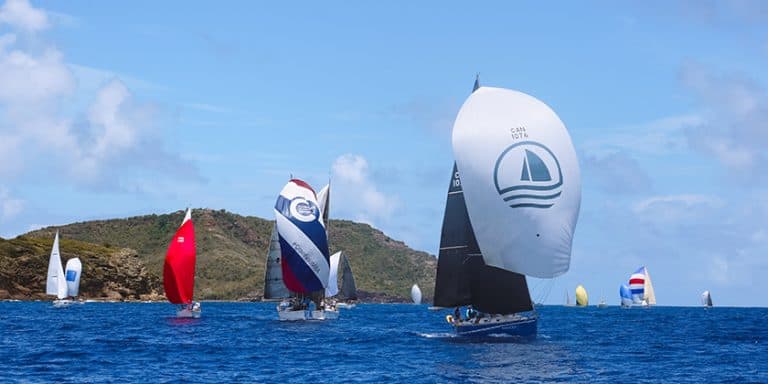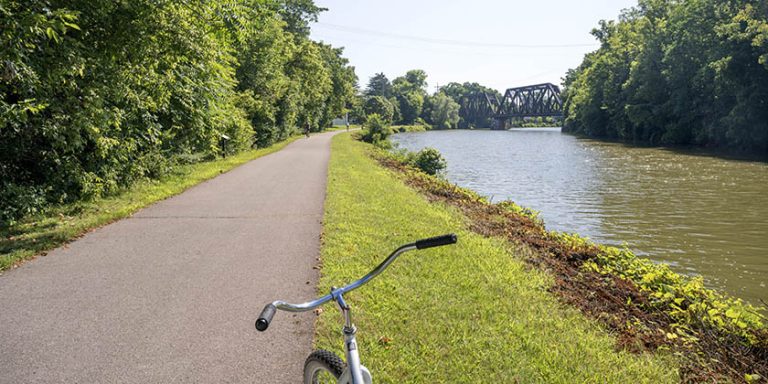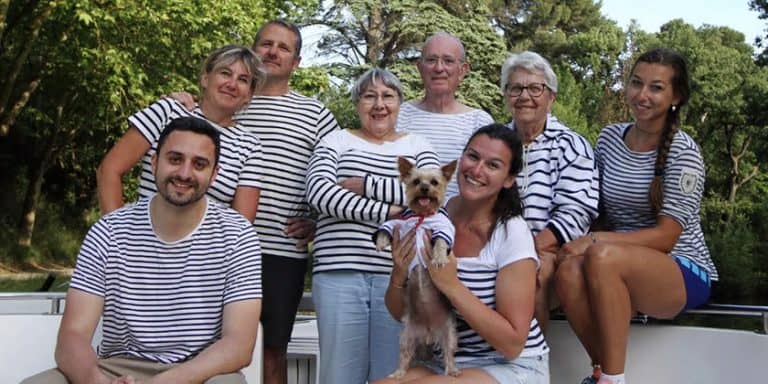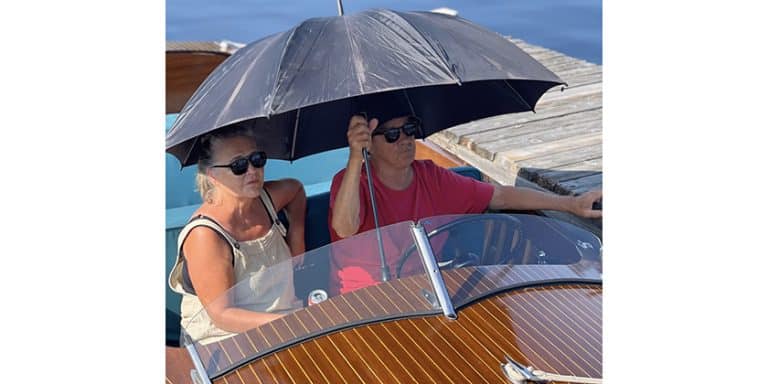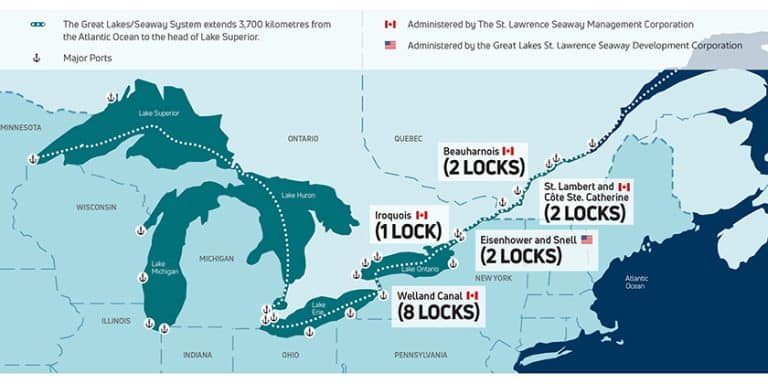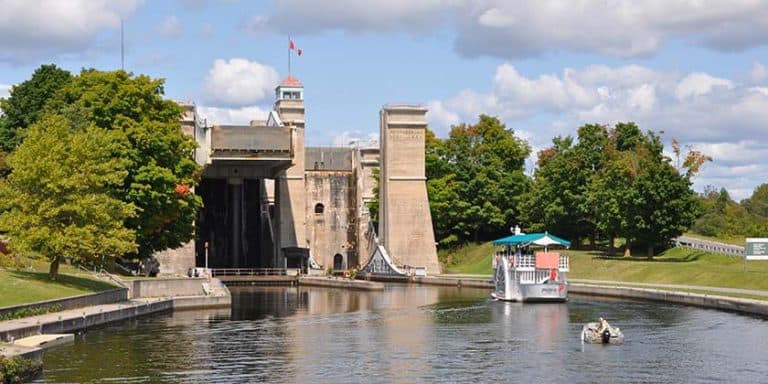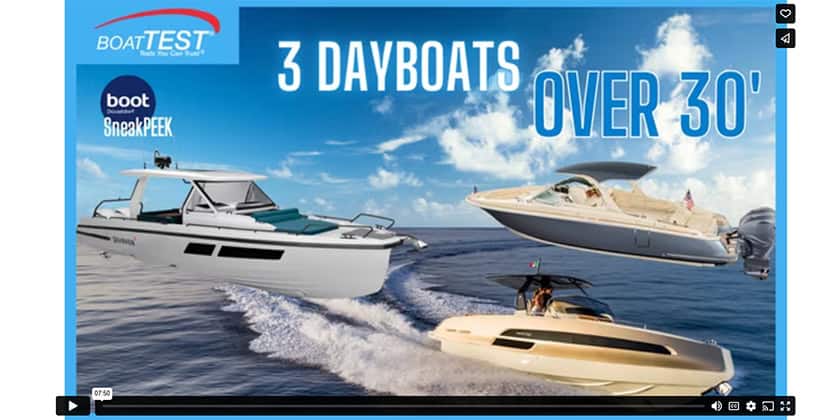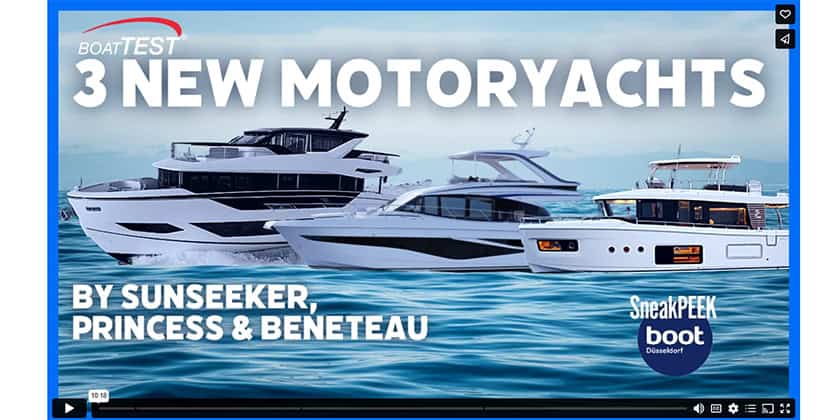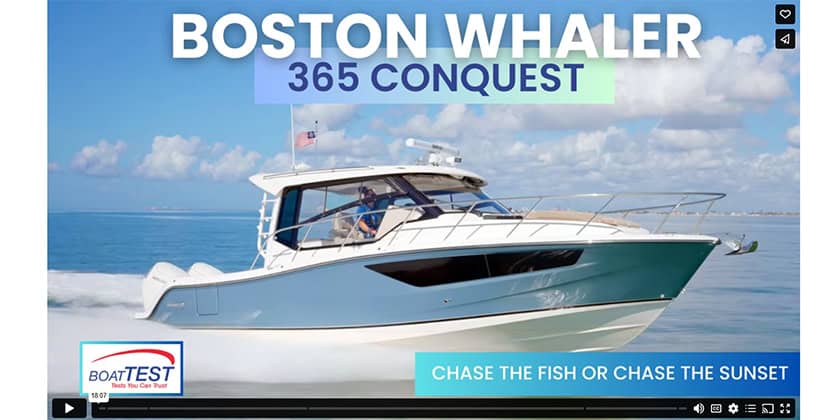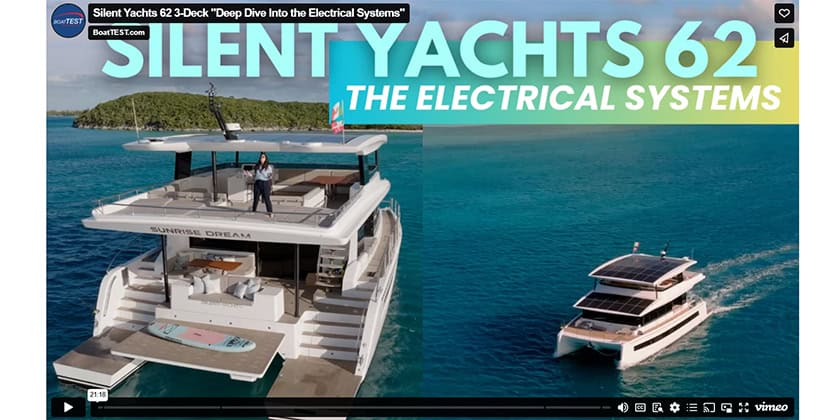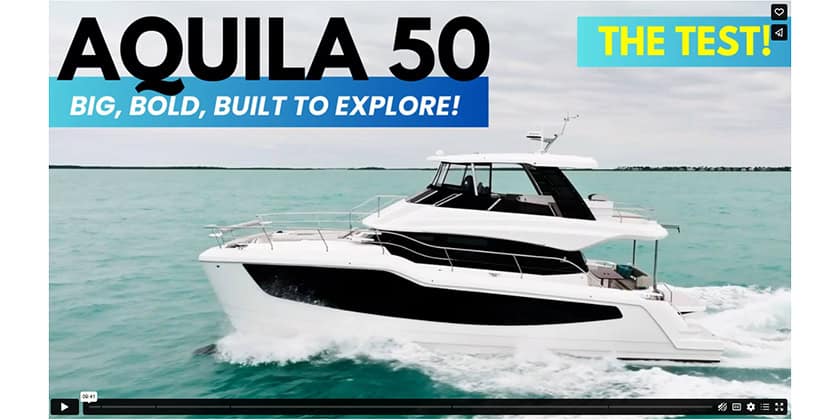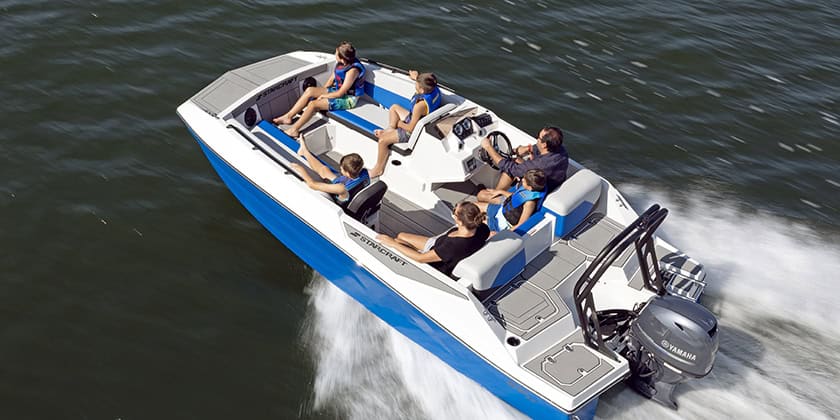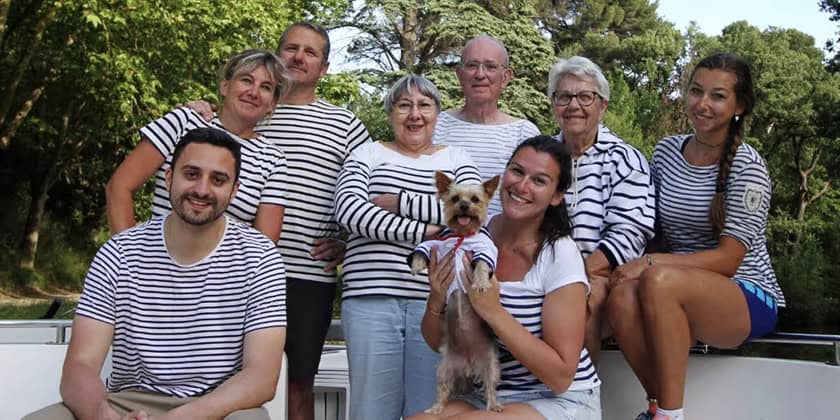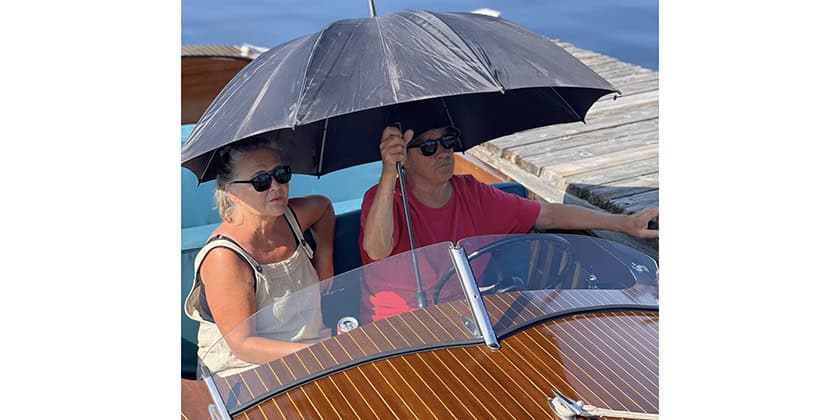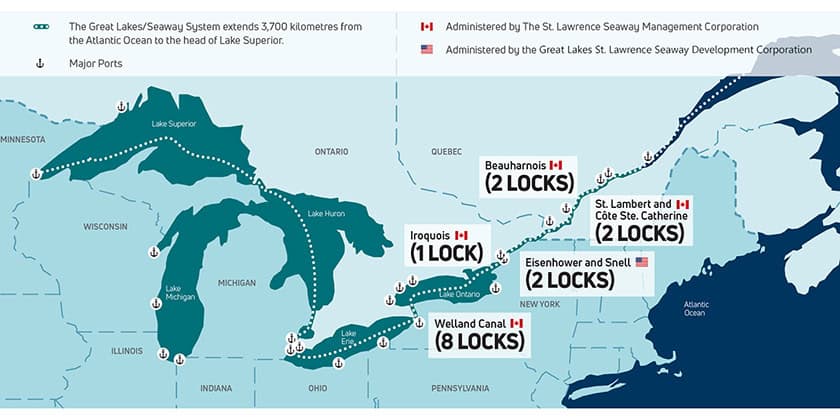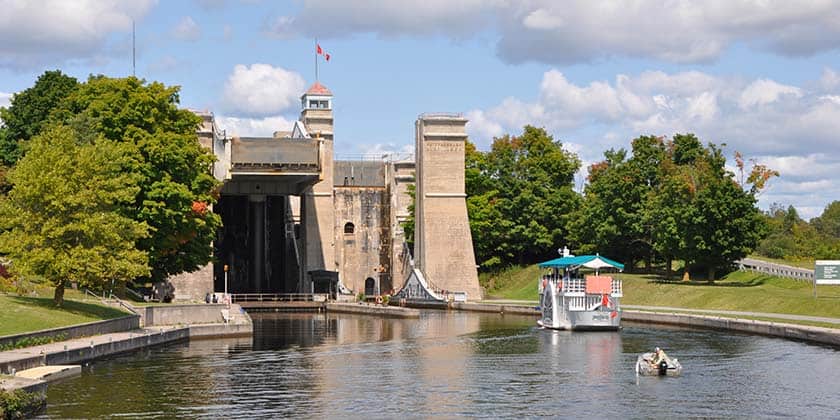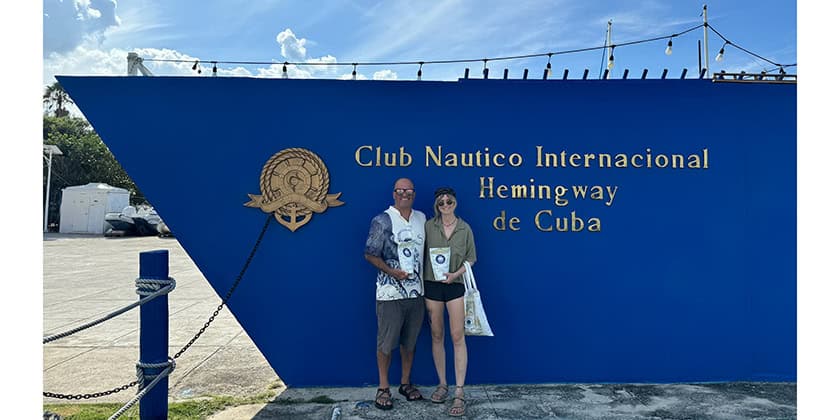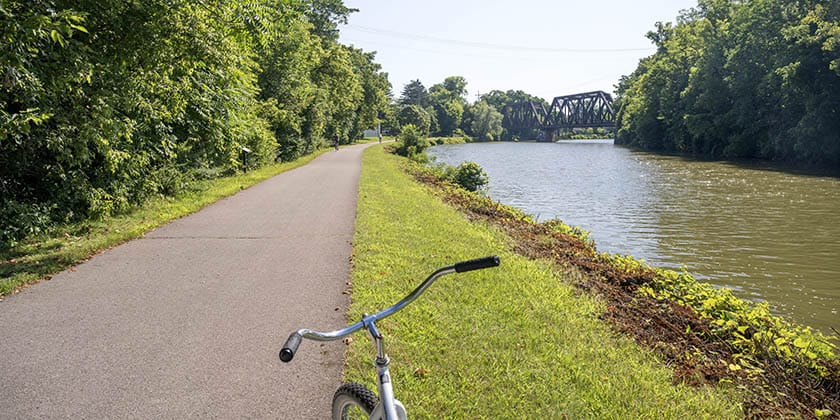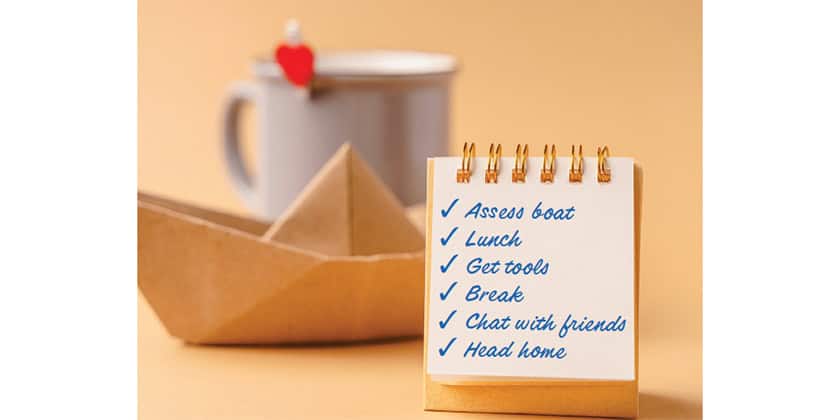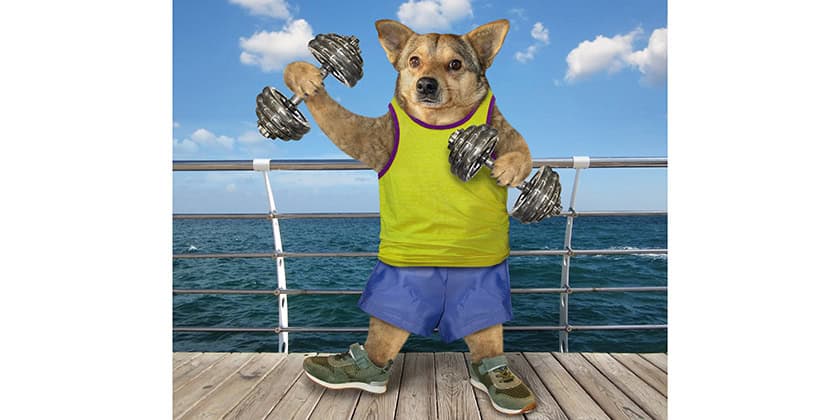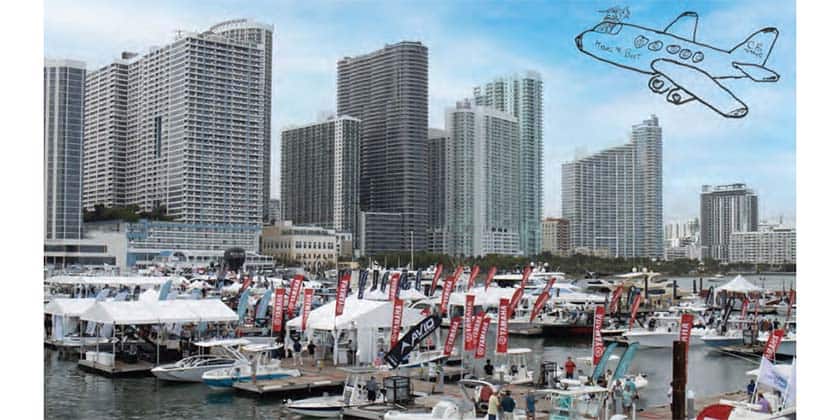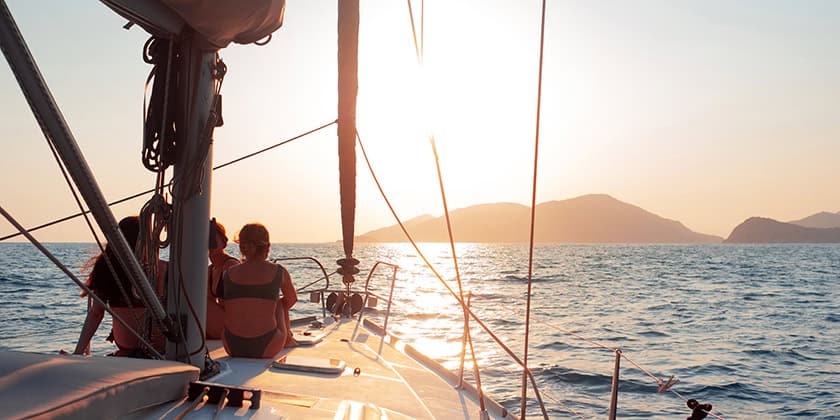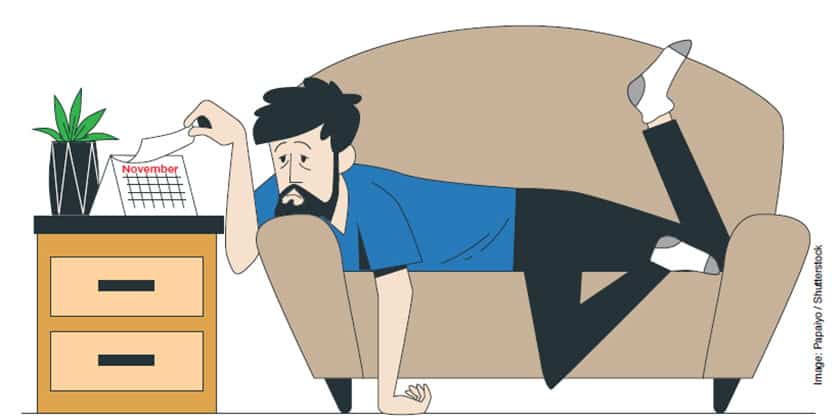Saba and Montserrat – Hidden Treasures
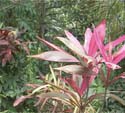
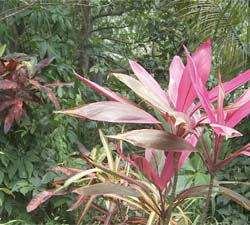 The longer we sail, the more we realize that some of our most treasured cruising experiences are often in places that are a challenge to get to or stay at. It seems that if a destination is tricky to reach navigationally, has few harbours with good all around protection or is off the main cruising route because of distance or prevailing winds then often that place is really special – quiet and undeveloped and people, unscathed by massive tourism, friendly and welcoming.
The longer we sail, the more we realize that some of our most treasured cruising experiences are often in places that are a challenge to get to or stay at. It seems that if a destination is tricky to reach navigationally, has few harbours with good all around protection or is off the main cruising route because of distance or prevailing winds then often that place is really special – quiet and undeveloped and people, unscathed by massive tourism, friendly and welcoming.
Such was the case on our recent cruise to a couple of the more remote islands of the Leeward Islands in the Eastern Caribbean – the Dutch island of Saba and the British island of Montserrat.
We began our cruise to these gem destinations at the end of March after spending a couple of weeks in the busy touristic island of St. Martin/Sint Maarten (one half is French, the other half Dutch). Cruising sailors love this place since the chandleries are superb, the well-stocked grocery stores make it a good place to stock-up on provisions, and the cream on the cake is that everything is duty-free. St. Martin/Sint Maarten is so set up for cruising sailors that some of them never leave! But by the time we had made our repairs and filled the boat with delicious goodies for our upcoming voyage, we had begun to grow tired of the hustle and bustle. We were ready to set sail for more tranquil places.
Surprisingly some of the best “off the beaten path” destinations in the Leewards aren’t really that far from major stops on the route south. Saba is only 28 nm to the southwest of St. Martin/Sint Maarten and Montserrat is only about 25 nm southwest of Antigua.
The issues that seem to prevent sailors from visiting Saba and Montserrat are that the harbours are few and poor, tend to be rolly and, in many prevailing conditions, are untenable. However, with the excellent weather information available to boaters today you can choose your days and take advantage of the right conditions. If wind and sea direction or strength change unexpectedly during your visit it’s not a long run to a protected port on a nearby island. Montserrat presents another deterrent to visitors – an active volcano that has put two-thirds of the small island off-limits. But more on that later.
Saba is a tall, tiny (5 sq. miles) steeply-sided volcanic island with virtually no harbour or shoreline. Because it is difficult to reach by boat and only small aircraft can land at the short runway, it has remained a pristine tropical paradise and a delight to explore.
The main anchorage is on the west coast but it is an open roadstead – even on calm days there can be a roll there. We had a lovely fast sail reaching across sapphire seas in light breezes. But as we approached the island of Saba, we suddenly experienced an abrupt wind acceleration at the corner of the island. The winds here pick up strongly as they sweep down and around the steep cliffs of the island. Be ready to reef down or deal with unexpected gusts!
The Saba Marine Park has installed moorings for visiting yachts and dive boats in Well’s and Ladder Bays which together make one large anchorage. The visitor moorings are yellow with a blue stripe and are checked regularly by park staff to ensure your safety as well as to protect the pristine marine environment.
Saba is unique in that its entire coast is a protected marine park. The 11 moorings at Well’s and Ladder Bays (and the 4 new ones off Fort Bay) are available on a first-come basis for a very small fee. The mooring fee is $3US per person aboard and entitles you to a week’s stay. There is also a park administration fee called a Nature Fee of $3US per person. So for a week’s visit for the two of us aboard Distant Shores we paid $12 US to be in one of the most beautiful spots on the island. The clear-in fee for the boat was $20 US which we paid at the Harbourmaster’s office in Fort Bay.
From the anchorage at Well’s and Ladder Bays to the Fort Bay dinghy dock is almost a 2nm dinghy ride and you must stay 150 metres offshore of any dive boats moored in the area, which is often, so be prepared to get wet.
There is, however, an alternative way to get ashore if, and only if, conditions are very calm. The Ladder, an 800-step stairway leads you from the small rocky beach right at Ladder Bay up to the top of the island. Before the 1940s, The Ladder was the only way to get goods and people to the villages at the top of the island. Male and female porters with great strength and pride carried food, furniture and even a Bishop up The Ladder!
The village at the top of The Ladder is strangely called The Bottom but apparently is derived from the Dutch word for “bowl” since the village appears to sit in a bowl created by the tall surrounding hills. When we arrived – huffing and puffing after struggling up The Ladder – we found a peaceful and spotlessly clean town. Many artists and artisans can be found here working in the inspiring environment of soaring green hills and rainforest. The Saba Artisans Foundation is based here and we watched a demonstration on silk screening and learned about the art of Saban lacemaking.
From The Bottom, you need a taxi to proceed up the steep winding narrow road to the main town of Windwardside where the tourist office with its welcoming staff and many of the islands great restaurants, guest houses and dive shops are located.
Before “The Road” was finally completed in the 1950s, the only way to get from one village to the other on Saba was by foot on steeply stepped foot paths and trails. These historic trails are now maintained by the Saba Conservation Foundation and hiking is a popular activity here. Our favourite was the Sandy Cruz Trail which we did with Saban guide and naturalist, Crocodile James. The trail starts in a temperate zone where traditional farm plots can be viewed and then ascends into the cool rainforest where exotic plants abound.
Although Saba is part of the Dutch Netherland Antilles (which is going through some changes at the moment) the language spoken in Saba is English with a delightful Scottish-sounding lilt! Most of the 1,400 inhabitants are descendants of Dutch, Scottish, and English settlers who came here in the 1600s. The calm weather finally came to an end. We reluctantly high-tailed it back to St. Martin waiting for another weather window to visit the British island of Montserrat.
In 1995, the majestic Soufriere Hills Volcano on Montserrat rumbled back to life and destroyed the main town and port of Plymouth on the south coast. It was buried in ash and everyone evacuated to the north end of the island. Nineteen people died during the eruption, mostly farmers working their fields on the volcano’s slopes. At the time, the population was about 11,000 people. Today it is about 5,000 since, after losing their homes and businesses, many Montserratians have left to start over in other places.
Sailing past Plymouth, the island looks like a barren wasteland. The tops of buildings poke out of the massive volcanic debris that drowned the town. It is heart-wrenching. It is fascinating. It is a humbling demonstration of the power of nature. Today, it is Montserrat’s main attraction. Yet at the north end of Montserrat, you’d never know the volcano existed. This region remains “the Emerald Isle” of the Caribbean (yes, the Irish heritage is strong here) with lush vegetation, cool rainforests, clean villages and the peace and quiet of the Caribbean as it used to be.
Before the 1995 eruption, Montserrat was a popular escape destination for celebrities and many owned beautiful villas. About two-thirds of the island is an off-limits exclusion zone. In fact, on either side of the island, there are exclusion zones out into the sea. These zones change frequently since the volcano continues to have periods of activity, most recently in January.
Little Bay, the only port is on the northwest end of the island; before arriving, it is recommended that you radio the Port Authority on VHF 16 to check on conditions here. For $15 US we were cleared in and out for a 3-day visit. The officials don’t work evenings or weekends so if you arrive outside of working hours, there is an overtime charge of about $35 – another issue that deters boaters from planning a visit here.
Little Bay is an industrial port far from town so you need a taxi to get anywhere. We had called ahead to organize a driver to meet us. The delightful Jadine (pronounced Jay-deen) Glitzenhurn, a local woman who lost her gift shop in the eruption was our guide for the next couple of days as we visited this modern-day Pompeii, exploring half-buried homes, visiting the educational volcano observatory (whose scientists constantly monitor the safety of the island), walking in the rainforest where there are many trails popular with birdwatchers, sampling the unique cuisine (“goat water” is a popular dish and is a spiced-up version of Irish stew) and best of all talking with the ever-positive islanders. Those that remain haven’t given up hope and are looking forward to a positive future. A new port and marina is being planned. We can’t wait to return.
Fats Facts
Saba Tourist Office
Montserrat Volcano Observatory
www.montserratvolcanoobservatory.info
Montserrat Tourist Office
www.visitmontserrat.com

